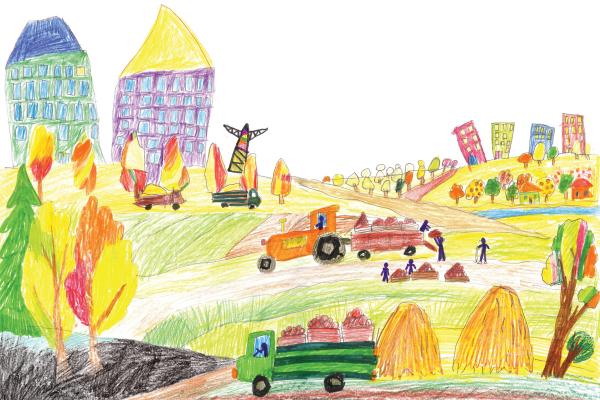IN THE VAST and often overlooked landscapes of rural America, families face unique challenges. One critical issue stands out: the child care crisis. Our family-run produce farm in Ohio has been in production for 28 years. With three generations working to create a viable business to support our growing family, we know something about the need for child care in rural areas. The 2023 U.S. Farm Bill presents a crucial opportunity to address this pressing issue and foster early childhood development in rural communities.
The child care crisis is not unique to rural America, but rural Americans are more impacted by the lack of access to licensed child care. For example, 59 percent of rural communities are “child care deserts” compared to 56 percent of urban and 44 percent of suburban communities, according to a 2018 report by the Center for American Progress. In rural communities, families often struggle to find accessible, affordable, and high-quality options. Remote locations, limited infrastructure, and lack of providers exacerbate the challenges. The crisis not only hampers parents’ ability to work but also impedes the economic imperative to attract younger farm families to replace aging American farmers — more than half of whom are within a decade of retirement. The price of health insurance and the lack of child care make full-time farming out of reach for many younger Americans.
Read the Full Article

